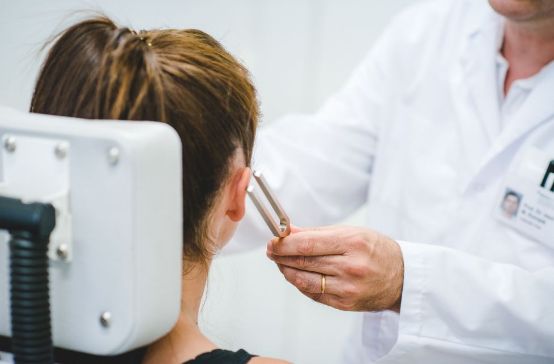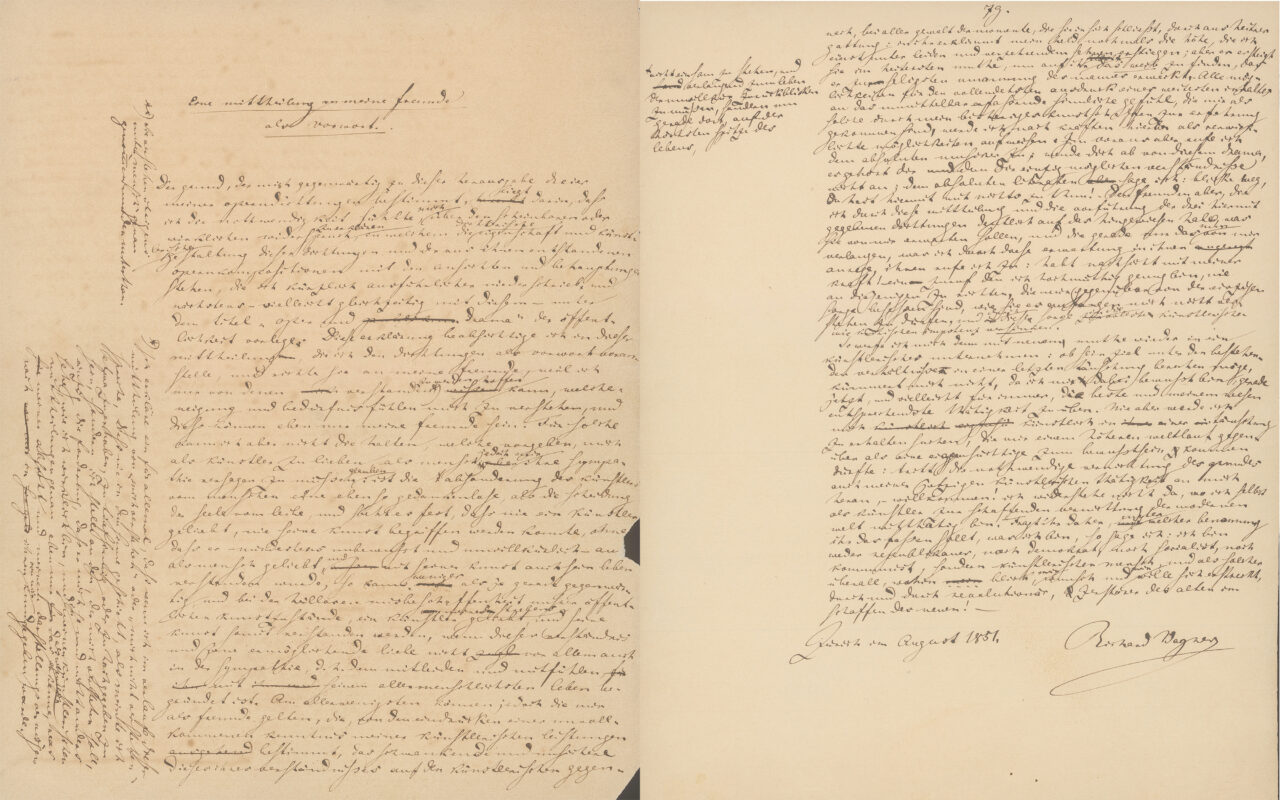Hearing cells from the test tube
Researchers at the University of Bern and Inselspital Bern have succeeded for the first time in generating human inner ear cells in the laboratory and studying their origin. This will make it possible to research new treatment methods for hearing impairment in the future.

A group of researchers from the Department of Biomedical Research (DBMR) at the University of Bern and the University Clinic for Ear, Nose and Throat Diseases (ENT), Head and Neck Surgery at Inselspital in Bern have taken a major step towards treating the causes of hearing loss in collaboration with other members of the international "OTOSTEM" consortium. For the first time, they have succeeded in mimicking the development of human hair cells, which are responsible for sound reception in the inner ear, in the laboratory. This will make it possible in future to test new treatment methods for hearing impairment directly on human cells.
Hair cells and spiral ganglion cells are formed very early in fetal development, around the tenth to eleventh week of pregnancy. They reach their final number at this stage. Loud noises, infections, ageing processes or exposure to toxins such as various antibiotics affect the sensory cells from then on. As the cells cannot yet be replaced, their loss leads to permanent hearing damage.
Original article:
Roccio, M., Perny, M., Ealy, M., Widmer, H. R., Heller, S., Senn, P., 2018. Molecular characterization and prospective isolation of human fetal cochlear hair cell progenitors, Nature Communications, DOI: 10.1038/s41467-018-06334-7.







